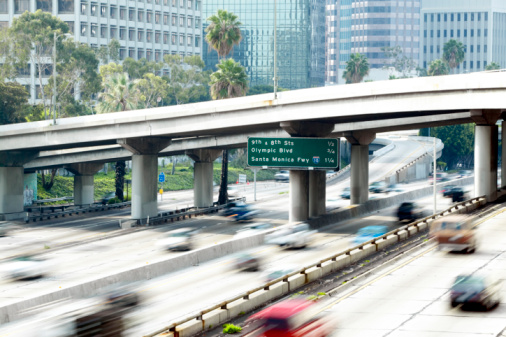
That data comes from the American Society of Civil Engineers, while the American Road & Transportation Builders Association (ARTBA) reckons that there are 63,000 structurally deficient bridges in the U.S. over which drivers make 250 million daily trips. Neither figure is particularly encouraging.
According to ARTBA spending on bridge improvements has amounted to about $8.9 billion in federal spending annually over the period from 2003 to 2012. That’s an average of 52% of the annual capital spending on state highway and bridge projects.
In August 2007 a bridge over the Mississippi River collapsed in Minneapolis during rush hour, killing 13 people and injuring nearly 150 more. It cost about $234 million to replace the bridge and the state figured it cost another $60 million in lost economic output for the 14 months it took to rebuild the bridge.
That’s just one bridge. The state of Pennsylvania has more than 22,000 bridges of which 23% are structurally deficient. Some 4,300 are classified as functionally obsolete which means they don’t meet current design standards. In the decade between 2003 and 2012, the federal government has spent $4.8 billion on more than 7,500 bridges in Pennsylvania and since 2004, more than 1,800 new bridges have been built and more than 1,600 have undergone major reconstruction.
Just using Pennsylvania as a yardstick, each of the 7,500 repaired bridges cost about $640,000. Multiplied by the 63,000 deficient bridges in the U.S., the total repair cost ends up north of $40 billion.
Will the money be there to fix these bridges and all the rest of the U.S. highway system that needs to be maintained? Not unless Congress tops up the national Highway Trust Fund which is on its way to becoming insolvent by the end of July. The Trust fund is supported by the federal gasoline tax of $0.183 per gallon and the diesel fuel tax of $0.244 per gallon. The gasoline tax has not been increased since 1993, and the Fund has been supported by transfers from the federal government’s general fund in order to remain solvent.
It’s probably too much to expect Congress to raise federal fuel taxes in an election year. It’s far more likely that it will continue to use the Treasury to top up the Highway Trust Fund, and the Congress will make the states sweat it out till the last moment too.
ALSO READ: States with the Highest Gas Prices
Thank you for reading! Have some feedback for us?
Contact the 24/7 Wall St. editorial team.


